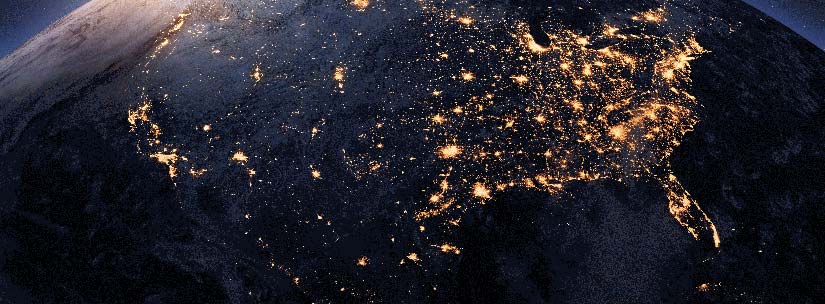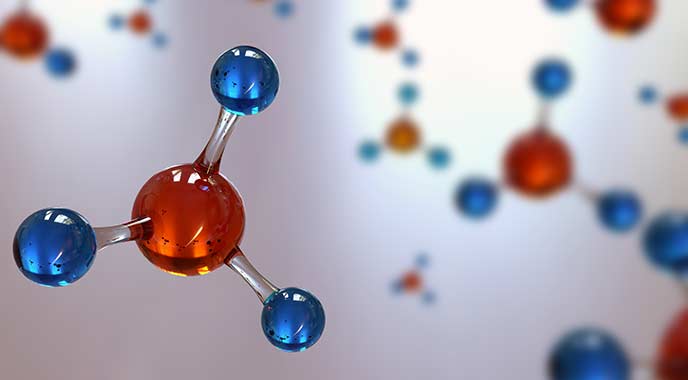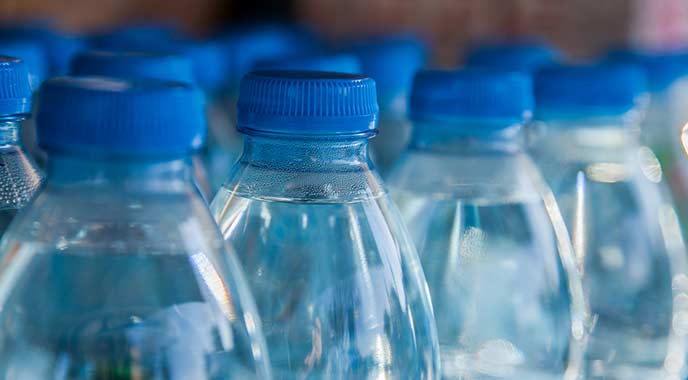NREL Mission and Vision
NREL strives to achieve our vision of an affordable and secure energy future through our mission: leading research, innovation, and strategic partnerships to deliver integrated solutions for an affordable and secure energy future.

How NREL Is Solving Today's Energy Challenges
NREL's unique strength lies in developing and integrating a broad array of energy technologies into robust, resilient systems—addressing the entire energy spectrum, from generation to distribution to end use.
As the energy systems laboratory, we bridge foundational research with practical applications to ensure breakthroughs across renewables, storage, buildings, fuels, and emerging technologies work together to lower energy costs, drive economic growth, bolster national security, and deliver abundant energy.
Research and Development
NREL is tackling our nation's energy systems challenges through research and development in the three critical areas below.
Integrated Energy Pathways
We are focused on modernizing our grid to support a high level of energy systems integration, incorporating storage and advanced controls, and expanding energy choices while maintaining grid reliability and security.

Electrons to Molecules
NREL researchers are exploring how to use affordable electricity to convert low-energy molecules—such as water and carbon dioxide—to generate higher-value, and higher-energy chemicals, fuels, and materials.

Circular Economy for Energy Materials
NREL aims to reduce waste, preserve resources, and secure supply chains by designing materials and products with reuse, recycling, and upcycling in mind from the start.

Share
Last Updated March 26, 2025
